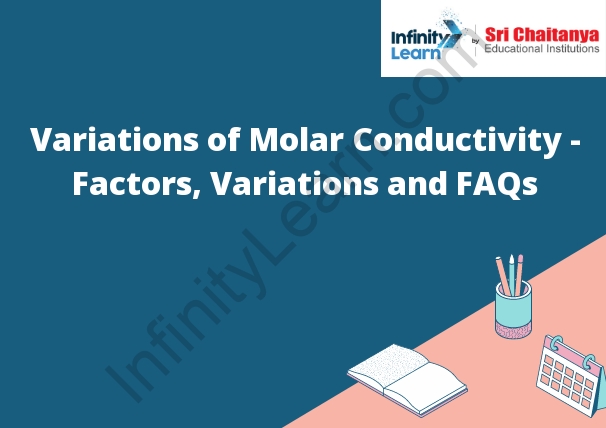Table of Contents
Conductivity or Specific Conductivity
is a measure of the ability of a substance to conduct an electric current. It is determined by dividing the electric current (in amperes) by the cross-sectional area (in square meters) of the conductor and is measured in Siemens/meter (S/m). Pure water has a specific conductivity of 1.0 S/m, while seawater typically has a specific conductivity of about 5 S/m.

Molar Conductivity
The molar conductivity of a substance is a measure of the ability of that substance to conduct electricity. It is calculated by dividing the conductivity of a substance by its concentration. Molar conductivity is a measure of the ability of a substance to conduct electricity per mole of that substance.
Variation of Molar Conductivity
The molar conductivity of a solution can vary depending on the concentration of the solution. The higher the concentration of the solution, the higher the molar conductivity.
Variations of Molar Conductivity With Concentration
The molar conductivity of a solution can change depending on how concentrated the solution is. As the concentration of a solution increases, the molar conductivity of the solution also increases. This is because as the concentration of a solution increases, there are more ions in the solution, and therefore, the solution is more conductive.






